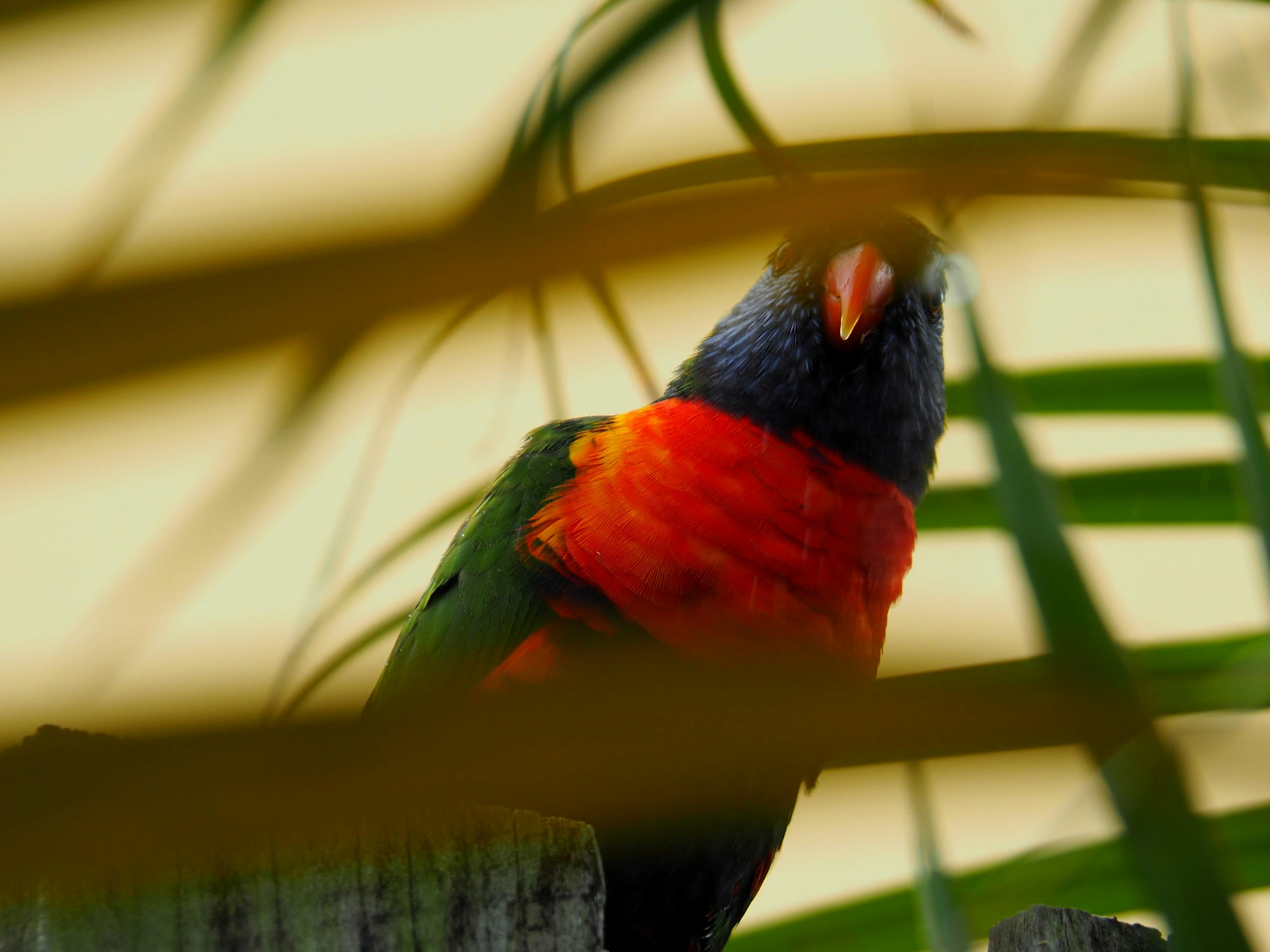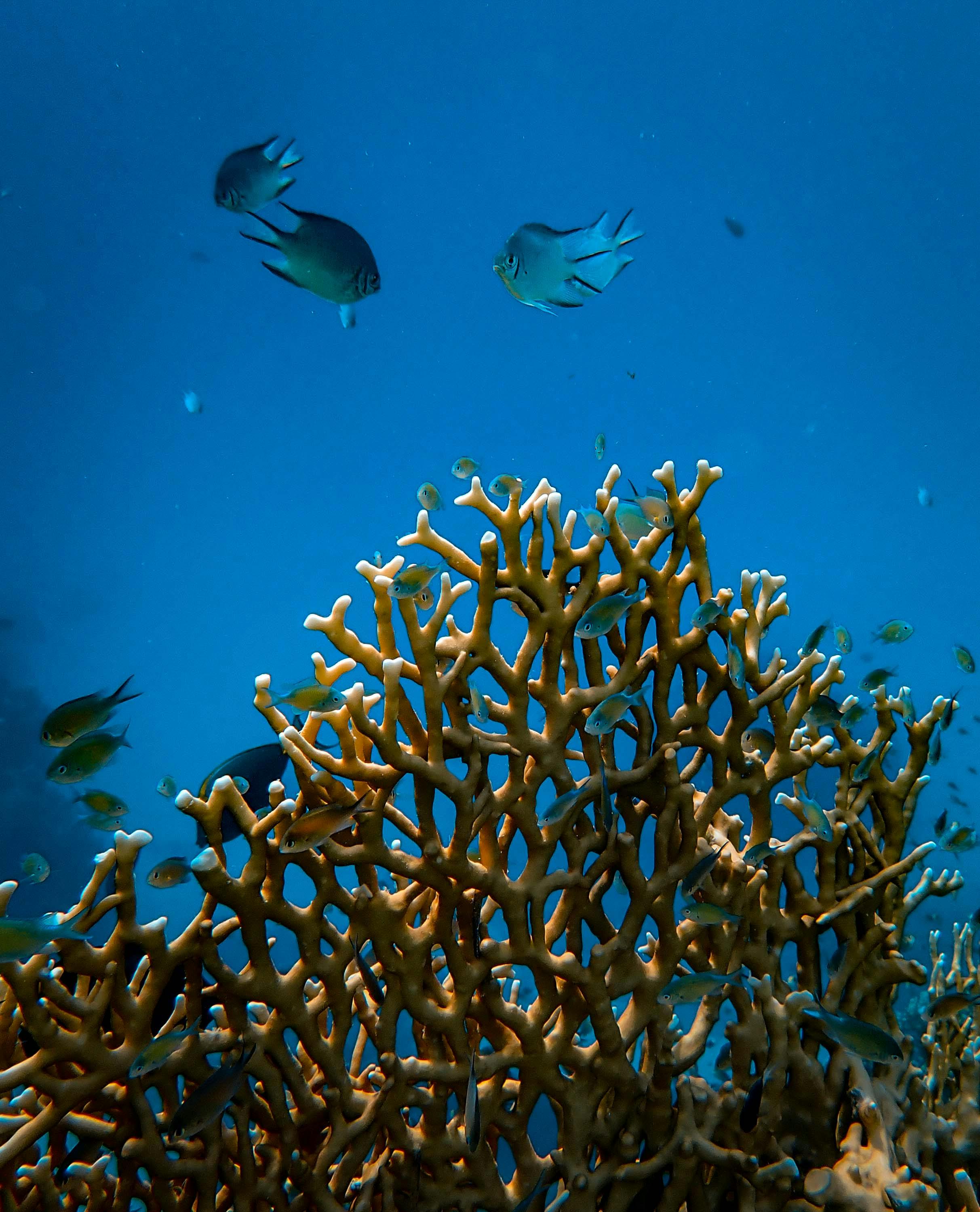Apply Now
Essential Guide to Pregnant Cherry Shrimp: Care Tips for 2025
Pregnant cherry shrimp are fascinating creatures that add vibrancy and movement to any freshwater aquarium. As these shrimp prepare to hatch their eggs, understanding their specific care requirements becomes essential for maintaining a healthy environment. In this guide, we will delve into various aspects of pregnant cherry shrimp care, from tank setup and breeding tips to proper feeding and health management.
By learning how to provide optimal conditions for your shrimp, not only will you enhance their lifespan and growth rate, but you’ll also be rewarded with a stunning display of colors and behaviors. Whether you are a new hobbyist or experienced aquarist, this article offers valuable insights into cherry shrimp care that will help you successfully navigate breeding and nurturing your shrimp.
You will find sections detailing the ideal habitat requirements, dietary needs, compatible tank mates, and more as we explore the world of cherry shrimp. With the right knowledge at your disposal, you can create a thriving environment for these colorful freshwater shrimp.
Understanding Cherry Shrimp Habitat and Tank Setup
Creating the perfect habitat for pregnant cherry shrimp is crucial for their well-being. The tank setup you choose directly influences their health and breeding success. Start by selecting a tank size that allows ample swimming space; a minimum of 10 gallons is recommended for a small colony.
**Optimal Tank Conditions**
Maintaining appropriate water parameters is essential for cherry shrimp. They thrive in a pH range of 6.5 to 8.0, with a temperature between 20 to 26 degrees Celsius. Regular water testing helps prevent fluctuations that may lead to stress or disease.
**Substrates and Decorations**
Use a fine substrate such as sandy gravel to facilitate shrimp movement and allow them to forage naturally. Adding aquarium plants, such as Java moss and Anubias, creates hiding spots for shrimp and enhances their habitat. In addition, consider incorporating decorations like driftwood or rock structures, which can provide additional shelter and grazing surfaces.
**Filtration Systems**
A high-quality filtration system is vital for keeping the water clean and ensuring ample oxygenation. Sponge filters are excellent for shrimp tanks as they provide gentle water flow and minimize the risk of harming baby shrimp.
Overall, an effective cherry shrimp tank setup leads to healthier shrimp and a more visually appealing aquarium. Following this, we will discuss how to feed your cherry shrimp properly to promote growth and reproductive success.
Feeding Cherry Shrimp: Diet and Nutrition
Proper feeding habits are essential for the health and vitality of pregnant cherry shrimp. Understanding their dietary needs ensures they receive the nutrients required for successful breeding and fry development.
**Types of Cherry Shrimp Food**
Cherry shrimp are omnivorous and require a balanced diet of high-quality pellets, algae wafers, and blanched vegetables like zucchini or spinach. Additionally, specialized shrimp food is available that contains essential vitamins and minerals.
**Feeding Routine and Quantity**
Implement a feeding routine by providing food 2-3 times a week, ensuring that shrimp can consume it within a few hours. Overfeeding can lead to poor water quality, so monitor feeding amounts carefully. Watch for behavior changes in your shrimp; healthy shrimp are often active during feeding times.
**Special Considerations for Pregnant Shrimp**
Pregnant cherry shrimp may benefit from increased protein sources in their diet, promoting the development of eggs. Consider introducing spirulina or other supplements to enhance the nutrient content in their food.
With proper nutritional support, your pregnant cherry shrimp will thrive, leading us to the significant topic of their breeding habits and care.
Breeding Cherry Shrimp: Tips and Techniques
Breeding cherry shrimp can be a rewarding endeavor, yet it requires an understanding of their reproductive cycle and behaviors. Successful breeding involves creating the right conditions and knowing how to care for shrimp fry.
**Breeding Environment**
For optimal breeding success, ensure your tank has stable water parameters and plenty of hiding spots. A breeding box can be useful for isolating pregnant females, allowing fry to grow without predation.
**Understanding Mating Behavior**
The mating process for cherry shrimp is fascinating. Males display courtship behavior by dancing around the female and vibrating their antennae. Once a female is successfully fertilized, she will carry the eggs under her tail for approximately 30 days.
**Caring for Fry**
After the eggs hatch, the fry are independent and require small food particles. Fine powdered foods are ideal for their initial feeding. Provide plenty of cover, as young shrimp are vulnerable to larger tank mates and require safe areas to explore.
By implementing these breeding tips, you can effectively increase your cherry shrimp population while ensuring their health and safety. Now, let us explore potential challenges that may arise, including disease management and shrimp health tips.
Maintaining Cherry Shrimp Health: Disease Prevention and Care
Maintaining the health of your cherry shrimp is essential for their longevity and well-being. Awareness of potential health issues and proactive management will enhance your shrimp-keeping experience.
**Common Diseases**
Cherry shrimp are prone to bacterial infections or parasites if water quality slips. Symptoms might include discoloration or lethargy. Keeping water parameters stable is crucial to preventing diseases.
**Monitoring Shrimp Behavior**
Pay attention to your shrimp's daily behavior, as any changes can indicate health problems. Healthy shrimp are typically active and engaging in foraging. If you notice a drop in activity or lack of appetite, it may be time to investigate potential water quality issues.
**Preventive Measures**
Regular tank maintenance, including partial water changes, can drastically improve water quality and help prevent disease. Additionally, quarantining new shrimp before adding them to your established tank can minimize stress on existing shrimp.
Following these health tips will help you maintain a vibrant, healthy shrimp colony. Next, we will discuss the importance of water quality and how it impacts your shrimp's growth and behavior.
Importance of Water Quality for Cherry Shrimp
Water quality is undeniably one of the most significant factors affecting the health and breeding success of cherry shrimp.
**Key Water Parameters**
Maintaining stable water conditions includes monitoring pH, hardness, ammonia, nitrites, and nitrates. The ideal pH for cherry shrimp ranges from 6.5 to 8.0, while hardness levels should stay between 4-10 dGH. Regular testing using reliable kits helps prevent water-related diseases.
**Filtration Strategies**
Efficient filtration and a well-cycled tank are paramount. A good filtration system maintains water clarity and ensures proper gas exchange, reducing harmful waste accumulation.
**Water Change Schedule**
Perform routine partial water changes of about 20-30% weekly to control nitrate levels and keep the tank clean. This practice is vital for fostering a healthy shrimp environment.
Understanding the impacts of water quality will greatly enhance your shrimp-keeping experience. To wrap up, we’ll look at some commonly asked questions about caring for pregnant cherry shrimp.
Frequently Asked Questions About Cherry Shrimp Care
**How can I tell if my cherry shrimp is pregnant?**
Pregnant female cherry shrimp generally have a noticeable saddle or bulging area on their back, where eggs develop.
**What color variations do cherry shrimp come in?**
Cherry shrimp are known for their vibrant colors, including red, blue, yellow, and clear variations. The coloring can also be influenced by genetics and diet.
**How can I improve my cherry shrimp’s breeding success?**
Providing a stable environment with high-quality food, maintaining optimal water parameters, and minimizing stress can enhance breeding success rates.
In conclusion, through understanding their habitat requirements, dietary needs, and overall care, you can support your pregnant cherry shrimp and promote a thriving aquarium environment in 2025.




